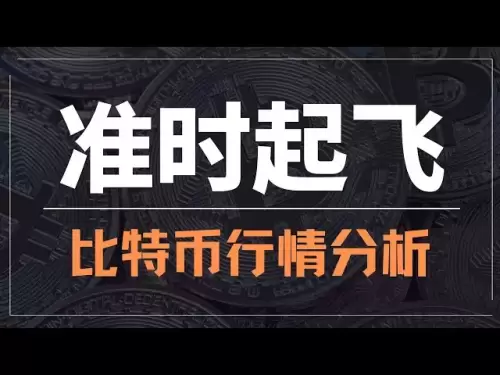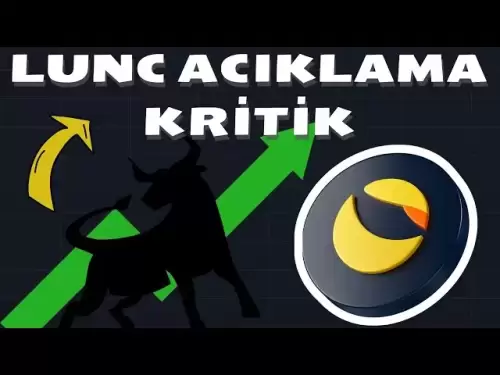-
 Bitcoin
Bitcoin $116400
0.87% -
 Ethereum
Ethereum $3819
3.86% -
 XRP
XRP $3.048
1.62% -
 Tether USDt
Tether USDt $1.000
0.03% -
 BNB
BNB $777.2
0.60% -
 Solana
Solana $169.3
0.46% -
 USDC
USDC $0.0000
0.02% -
 TRON
TRON $0.3414
2.06% -
 Dogecoin
Dogecoin $0.2126
3.33% -
 Cardano
Cardano $0.7527
1.21% -
 Hyperliquid
Hyperliquid $38.86
1.02% -
 Sui
Sui $3.683
5.27% -
 Stellar
Stellar $0.4048
1.45% -
 Chainlink
Chainlink $17.91
6.62% -
 Bitcoin Cash
Bitcoin Cash $576.9
1.29% -
 Hedera
Hedera $0.2487
1.03% -
 Ethena USDe
Ethena USDe $1.001
-0.01% -
 Avalanche
Avalanche $22.46
1.07% -
 Litecoin
Litecoin $120.8
1.69% -
 UNUS SED LEO
UNUS SED LEO $8.963
-0.30% -
 Toncoin
Toncoin $3.301
2.33% -
 Shiba Inu
Shiba Inu $0.00001250
1.13% -
 Uniswap
Uniswap $10.06
3.45% -
 Polkadot
Polkadot $3.731
1.56% -
 Dai
Dai $1.000
0.01% -
 Bitget Token
Bitget Token $4.416
1.58% -
 Cronos
Cronos $0.1482
3.73% -
 Monero
Monero $250.0
-12.34% -
 Pepe
Pepe $0.00001075
2.16% -
 Aave
Aave $274.6
4.17%
How much does BitFlyer 5x leverage fall before liquidation
On BitFlyer's 5x leverage platform, your position is liquidated when your balance falls below the liquidation price, which is $18,181.82 if you buy $10,000 worth of Bitcoin at $20,000.
Nov 12, 2024 at 06:16 am

How Much Does BitFlyer 5x Leverage Fall Before Liquidation
Leverage trading amplifies your trading potential, but it also magnifies your risks. Understanding how much your balance can fall before your position is liquidated is crucial for managing your risk effectively. This article delves into the mechanics of liquidation on BitFlyer's 5x leverage platform, providing a detailed explanation of the factors that determine your liquidation price.
1. Leverage Multiplier and Initial Margin
- Leverage trading involves borrowing funds from the exchange to increase your trading power. BitFlyer offers a 5x leverage multiplier, which means you can control up to 5 times the amount of your initial margin.
- Initial margin is the minimum balance you must maintain in your account to open a leveraged position. For instance, to trade $10,000 worth of Bitcoin with 5x leverage, you would need an initial margin of $2,000.
2. Maintenance Margin
- Maintenance margin is the minimum balance you must maintain in your account to keep your leveraged position open. It is typically lower than the initial margin.
- On BitFlyer, the maintenance margin requirement for 5x leverage is 10%. This means that your balance must not fall below 10% of your initial margin to avoid liquidation.
3. Liquidation Price
- Liquidation occurs when your balance falls below the liquidation price, which is the price at which the exchange automatically closes your position to cover its losses.
- The liquidation price can be calculated using the following formula: Liquidation Price = Entry Price / (Leverage Multiplier + Maintenance Margin).
Example:
- Let's say you buy $10,000 worth of Bitcoin at $20,000 with 5x leverage.
- Your initial margin would be $2,000, and your maintenance margin would be 10% of $2,000, which is $200.
- Plugging these values into the formula, we get Liquidation Price = $20,000 / (5 + 0.1) = $18,181.82.
This means that if the price of Bitcoin falls below $18,181.82, your position will be liquidated, and you will lose your initial margin of $2,000.
Factors Affecting Liquidation Price:
- Initial margin: A higher initial margin means a higher liquidation price, providing you with more cushion against price fluctuations.
- Leverage multiplier: A higher leverage multiplier means a lower liquidation price, increasing your risk of liquidation.
- Maintenance margin: A higher maintenance margin requirement means a higher liquidation price, reducing your risk of liquidation.
Risk Management Tips:
- Monitor your positions regularly: Keep a close eye on the market and your account balance to identify potential risks.
- Set stop-loss orders: Place stop-loss orders below your liquidation price to automatically close your position if the price falls below a predetermined level.
- Manage your leverage: Avoid using excessive leverage, as it can significantly increase your risk of liquidation.
- Maintain sufficient margin: Always maintain a balance above the maintenance margin requirement to prevent automatic liquidation.
Disclaimer:info@kdj.com
The information provided is not trading advice. kdj.com does not assume any responsibility for any investments made based on the information provided in this article. Cryptocurrencies are highly volatile and it is highly recommended that you invest with caution after thorough research!
If you believe that the content used on this website infringes your copyright, please contact us immediately (info@kdj.com) and we will delete it promptly.
- Pi Coin's dApp and AI Potential: Building a Decentralized Future
- 2025-08-08 02:30:12
- Bitcoin, Greenidge, and Liquidity: Navigating the Crypto Currents in NYC
- 2025-08-08 02:30:12
- Crypto Phishing Alert: $3 Million USDT Loss Highlights DeFi Risks
- 2025-08-08 01:10:12
- Crypto Presale Mania: Is Punisher Coin the High ROI King?
- 2025-08-08 01:10:12
- Online Betting, Platforms & Crypto Access: What's Hot in 2025
- 2025-08-08 00:50:12
- Layer Brett: The Meme Coin Primed for 100x Gains?
- 2025-08-08 01:50:12
Related knowledge
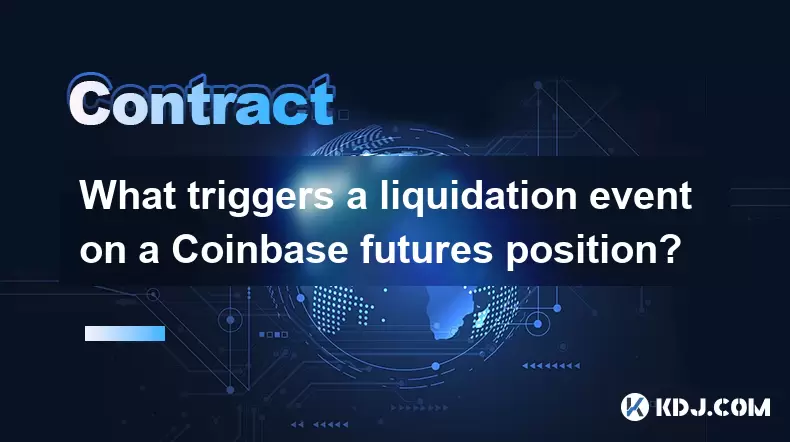
What triggers a liquidation event on a Coinbase futures position?
Aug 08,2025 at 01:15am
Understanding Futures Contracts on CoinbaseFutures contracts on Coinbase allow traders to speculate on the future price of a cryptocurrency, such as B...
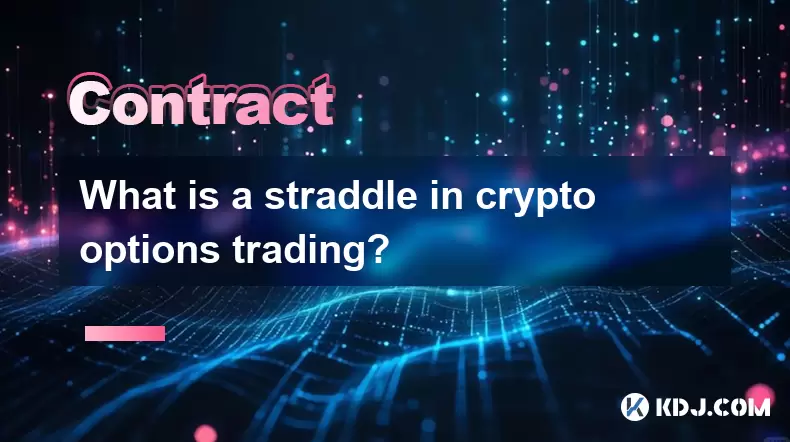
What is a straddle in crypto options trading?
Aug 07,2025 at 11:15pm
Understanding the Basics of a Straddle in Crypto OptionsA straddle is an options trading strategy used when a trader expects significant price movemen...
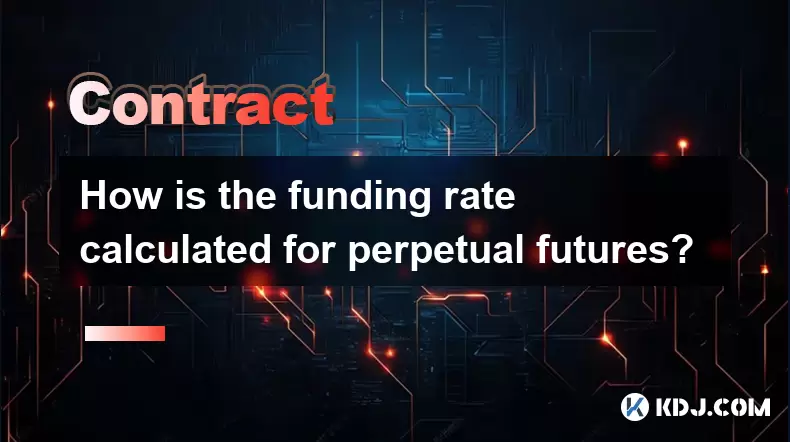
How is the funding rate calculated for perpetual futures?
Aug 07,2025 at 11:36pm
Understanding the Basics of Perpetual FuturesPerpetual futures are a type of derivative contract that does not have an expiration date, allowing trade...
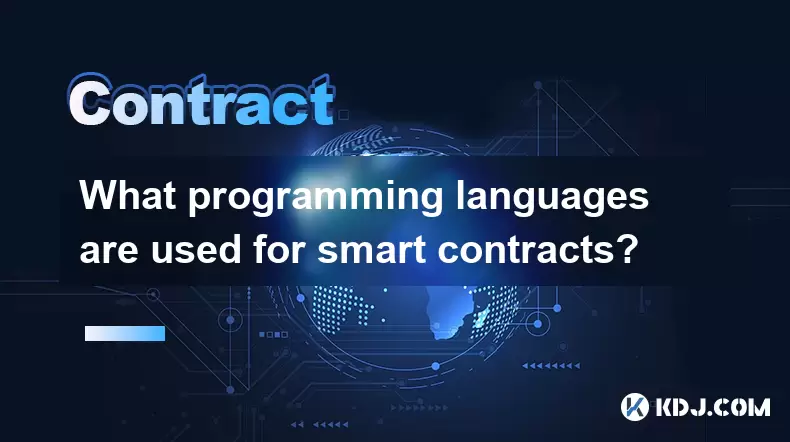
What programming languages are used for smart contracts?
Aug 07,2025 at 06:07pm
Understanding Smart Contracts and Their Execution EnvironmentSmart contracts are self-executing programs deployed on blockchain networks that automati...
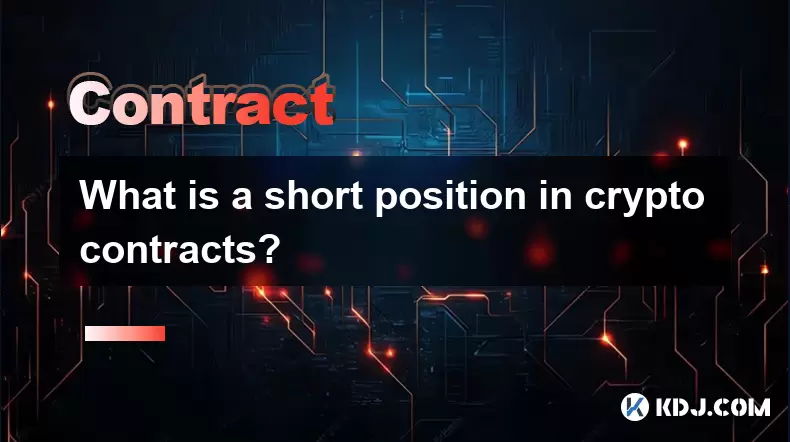
What is a short position in crypto contracts?
Aug 07,2025 at 11:42pm
Understanding the Concept of a Short Position in Crypto ContractsA short position in crypto contracts refers to a trading strategy where a trader prof...
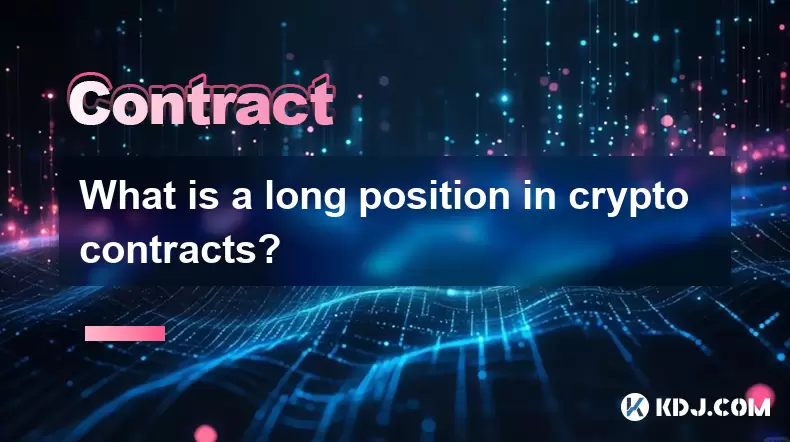
What is a long position in crypto contracts?
Aug 07,2025 at 06:29pm
Understanding the Concept of a Long Position in Crypto ContractsA long position in crypto contracts refers to a trading strategy where a trader buys a...

What triggers a liquidation event on a Coinbase futures position?
Aug 08,2025 at 01:15am
Understanding Futures Contracts on CoinbaseFutures contracts on Coinbase allow traders to speculate on the future price of a cryptocurrency, such as B...

What is a straddle in crypto options trading?
Aug 07,2025 at 11:15pm
Understanding the Basics of a Straddle in Crypto OptionsA straddle is an options trading strategy used when a trader expects significant price movemen...

How is the funding rate calculated for perpetual futures?
Aug 07,2025 at 11:36pm
Understanding the Basics of Perpetual FuturesPerpetual futures are a type of derivative contract that does not have an expiration date, allowing trade...

What programming languages are used for smart contracts?
Aug 07,2025 at 06:07pm
Understanding Smart Contracts and Their Execution EnvironmentSmart contracts are self-executing programs deployed on blockchain networks that automati...

What is a short position in crypto contracts?
Aug 07,2025 at 11:42pm
Understanding the Concept of a Short Position in Crypto ContractsA short position in crypto contracts refers to a trading strategy where a trader prof...

What is a long position in crypto contracts?
Aug 07,2025 at 06:29pm
Understanding the Concept of a Long Position in Crypto ContractsA long position in crypto contracts refers to a trading strategy where a trader buys a...
See all articles





















